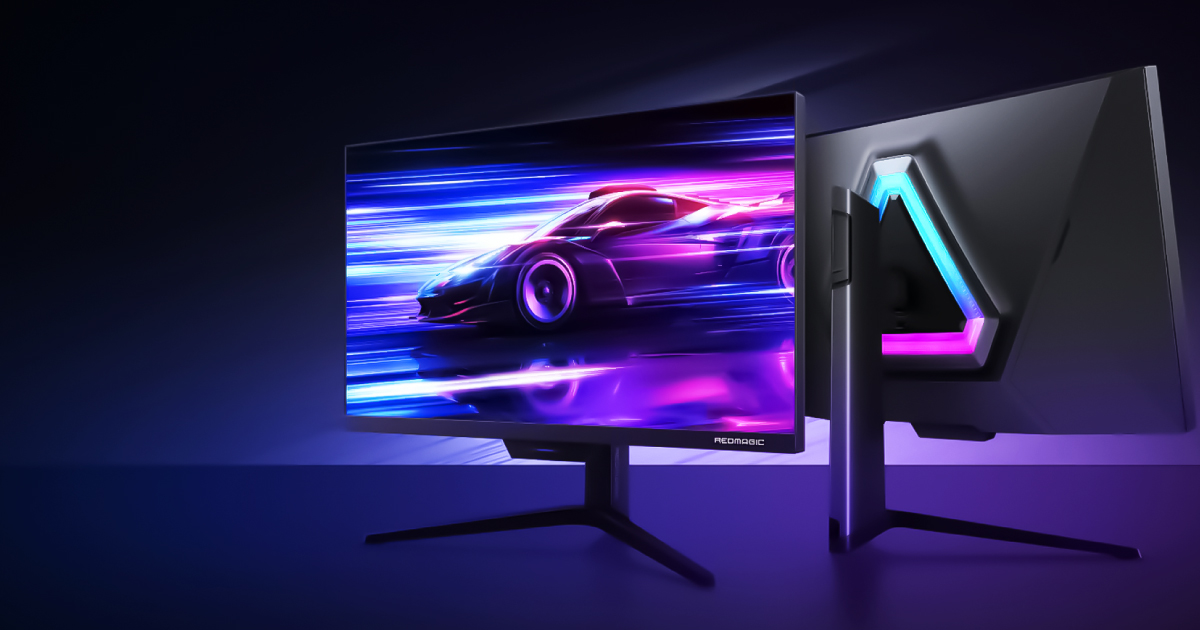 POSTED ON May 07, 2025
POSTED ON May 07, 2025 How to Buy a Gaming Monitor - A Complete Guide for Gamers
Are you wondering how to buy a gaming monitor that fits your needs and budget? With so many options available, choosing the right one can be tricky. You need to look at things like refresh rate, response time, screen size, resolution, and even panel type. A good gaming monitor can make your games look smoother, sharper, and more exciting. In this guide, we’ll help you understand what to check before buying, so you can enjoy the best gaming experience without wasting money.
Why Choosing the Right Monitor Matters for Gaming Performance
Picking the right gaming monitor is more than just looks. It directly affects how well you play. A monitor with a high refresh rate and low response time gives you smoother gameplay. It helps you react faster, especially in competitive games.
If your monitor has high input lag or a slow frame rate, you may miss important moments in fast action scenes. Choosing the right resolution and screen size also gives you better clarity and wider views of the game world. All these features work together to boost your gaming performance and experience.
Know Your Purpose and Gaming Style
Before you choose a gaming monitor, think about how you play games. Are you into casual gaming, or do you play competitive esports? Your gaming style will help you pick the right monitor.
If you play fast-paced games like shooters or racing games, you need a high refresh rate (like 144Hz or 240Hz) and low response time for smooth and quick actions. But if you enjoy story-driven games or open-world adventures, a monitor with better color accuracy and an immersive display will make your experience more enjoyable.
Knowing your purpose helps you focus on the features that matter most, so you get the best value for your money.
Key Features to Consider in a Gaming Monitor
When you're learning how to buy a gaming monitor, it's essential to focus on key features that can make a huge difference in your gaming experience. Here are the most important ones to consider:
1. Refresh Rate
The refresh rate refers to how many times the monitor can refresh its image per second. It’s measured in Hertz (Hz), and higher numbers mean smoother gameplay. For competitive gaming, a monitor with a refresh rate of 144Hz or 240Hz is ideal. This helps you see fast-moving objects more clearly and reduces motion blur, giving you a competitive edge in fast-paced games like first-person shooters or racing games.
2. Response Time
Response time is how quickly each pixel on the monitor can change from one color to another. A lower response time (typically 1ms to 5ms) means less motion blur and smoother transitions. In action-packed games, you’ll want a low response time to ensure that fast movements, like running or turning quickly, look clear and sharp without any ghosting effects.
3. Resolution
Resolution determines how sharp the images on your screen will be. Common resolutions include Full HD (1920x1080), Quad HD (2560x1440), and 4K (3840x2160). Higher resolutions offer more detail and clarity, especially on larger screens. If you're into immersive gaming or want to see every detail in open-world games, consider going for Quad HD or 4K monitors. However, keep in mind that higher resolutions need more powerful graphics cards to run smoothly.
4. Panel Type
There are three main types of panels: IPS (In-Plane Switching), TN (Twisted Nematic), and VA (Vertical Alignment).
- IPS panels are known for their excellent color accuracy and wide viewing angles. They are perfect for gamers who value vibrant, lifelike visuals, especially for genres like adventure and RPG games.
- TN panels are the fastest, with the quickest response times. They are usually more affordable but have poorer color quality and narrower viewing angles. These are ideal for competitive gamers who prioritize speed over image quality.
- VA panels offer great contrast ratios, making them a good choice for gamers who want deep blacks and vivid colors. They're often a sweet spot between IPS and TN panels.
5. G-Sync and FreeSync
G-Sync (for Nvidia graphics cards) and FreeSync (for AMD graphics cards) are technologies designed to reduce screen tearing and stuttering. Screen tearing happens when the frame rate of the game and the refresh rate of the monitor don’t sync up, leading to jagged or torn images. With G-Sync or FreeSync, the monitor refreshes at the same rate as your graphics card, ensuring a smoother and more fluid gaming experience.
6. Screen Size and Aspect Ratio
The screen size you choose depends on your personal preferences and how much space you have. For an immersive experience, many gamers prefer a 27-inch or larger screen. If you want a more cinematic feel, ultrawide monitors with an aspect ratio of 21:9 or 32:9 offer wider viewing areas, making you feel more enveloped in the game world.
7. Additional Features
Some gaming monitors come with extra features that can improve your experience:
- HDR (High Dynamic Range): Enhances contrast and color accuracy, making visuals more vibrant and realistic.
- Curved Displays: Provide a more immersive, wraparound experience, especially for large or ultrawide monitors.
- Built-in Speakers and USB Ports: Some monitors come with integrated speakers or USB hubs for added convenience.
Match Monitor Specs with Your System
Choosing the best gaming monitor doesn’t just depend on the monitor itself. You need to make sure it works well with your gaming system. Matching your monitor specs with your graphics card (GPU), CPU, and system performance ensures you get the most out of your gaming experience.
Check Your Graphics Card (GPU)
Your GPU plays a huge role in how well your monitor performs. If you have a high-end graphics card, like the Nvidia GeForce RTX 3080 or AMD Radeon RX 6800, you can take advantage of higher refresh rates and resolutions such as 144Hz, 240Hz, or 4 K. However, if your GPU is older or less powerful, you may need to choose a monitor with lower refresh rates or resolution (like Full HD at 60Hz or 75Hz) to avoid performance issues like lag or frame drops.
Consider Your CPU and Frame Rate
Your CPU also impacts how smoothly your games run. If your CPU is powerful, it can help push high frame rates (60 FPS, 144 FPS, or even 240 FPS). This is important because if your system can’t handle the performance demand of a high refresh rate monitor, you might not notice the full benefit. A high refresh rate monitor paired with a slower CPU might result in frame rate drops, ruining the smooth experience.
Balance Monitor and System Performance
It's crucial to find the right balance between your monitor's capabilities and the performance of your system. For example, if you’re aiming for a 144Hz or 240Hz monitor, but your system only supports 60FPS, then upgrading your monitor may not improve your gaming experience. A matching GPU and CPU are important for unlocking the full potential of your monitor.
Resolution Compatibility
If you're planning to buy a high-resolution monitor, like a 4K display, make sure your system is ready to handle it. 4K gaming requires powerful graphics cards and processors. If your system can’t support 4K gaming, a 1440p or 1080p monitor might be a better choice for smoother performance.
Future-Proofing Your System
Consider your future upgrades when choosing a monitor. A 4K monitor or one with a 240Hz refresh rate might be a good long-term investment if you plan to upgrade your system later. However, if you’re on a tight budget and your current system isn’t that powerful, it’s better to match your monitor specs to your system’s current capabilities and upgrade the monitor later when your system is ready.
Final Tips Before You Buy
Set Your Budget
When purchasing a gaming monitor, it’s important to set a realistic budget. High-end models with 4K resolution or 240Hz refresh rates can be expensive, but you don’t always need the highest specs. Focus on the features that matter most to you, such as response time and refresh rate, and find a monitor that fits your budget without compromising performance.
Read Reviews
Before making your final choice, take the time to read user reviews and expert opinions. They can give you a real-world perspective on how the monitor performs in everyday use, highlighting both pros and cons. Pay attention to feedback on build quality, color accuracy, and reliability to ensure you’re getting a solid product.
Check Warranty & Support
Look for a monitor with a warranty to protect your investment. Many manufacturers offer 1-3 year warranties, which can save you money in case of defects or issues. Additionally, check for reliable after-sales support to make sure you can easily get help if something goes wrong.
Test Before Buying (If Possible)
If you’re shopping in-store, try to test the monitor. Check for color accuracy, screen brightness, and viewing angles. This hands-on test ensures the monitor meets your expectations in person. If buying online, make sure the retailer has a return policy in case the monitor doesn’t meet your needs.
Plan for Future Upgrades
Consider whether the monitor will suit your future gaming needs. If you plan on upgrading your GPU or CPU soon, it might be worth investing in a 4K or 240Hz monitor now to avoid upgrading again later.
Compare Prices
Before making a final purchase, compare prices across various stores and online platforms. Don’t forget to check for special offers or seasonal discounts. Sometimes, you can find great deals during Black Friday, Cyber Monday, or year-end sales.
Final thought
Choosing the right gaming monitor is crucial for enhancing your gaming experience. By considering factors like resolution, refresh rate, and how the monitor matches your system’s performance, you can find the perfect fit for your gaming needs. Remember to set a budget, read reviews, and check for warranties to ensure you're making a smart purchase.
No Comments
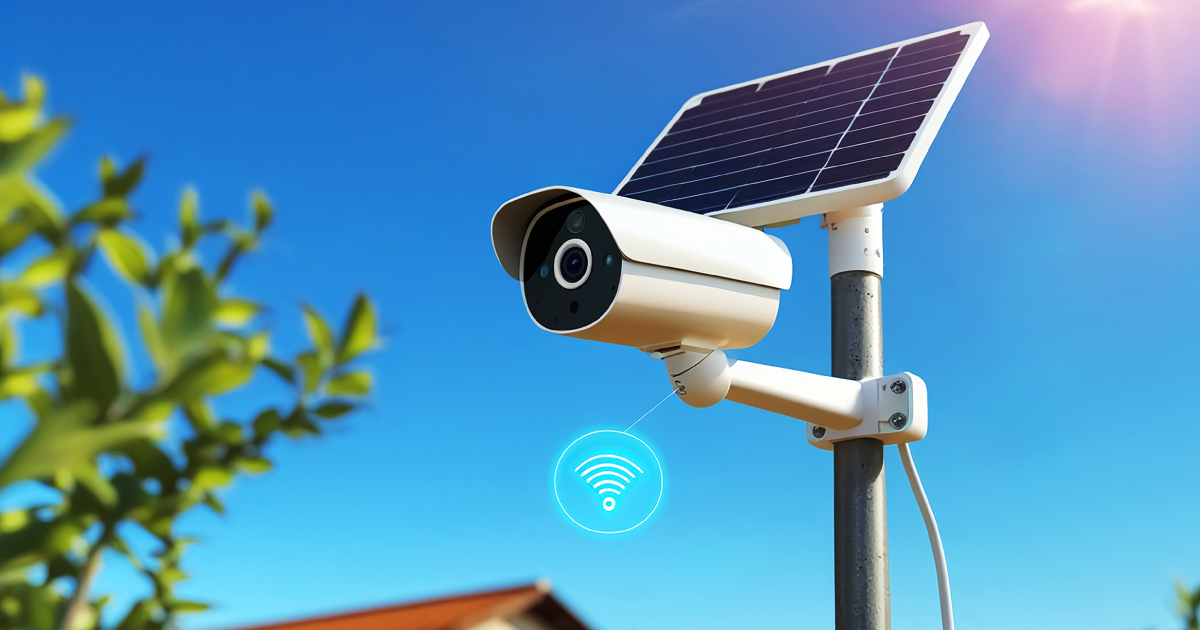

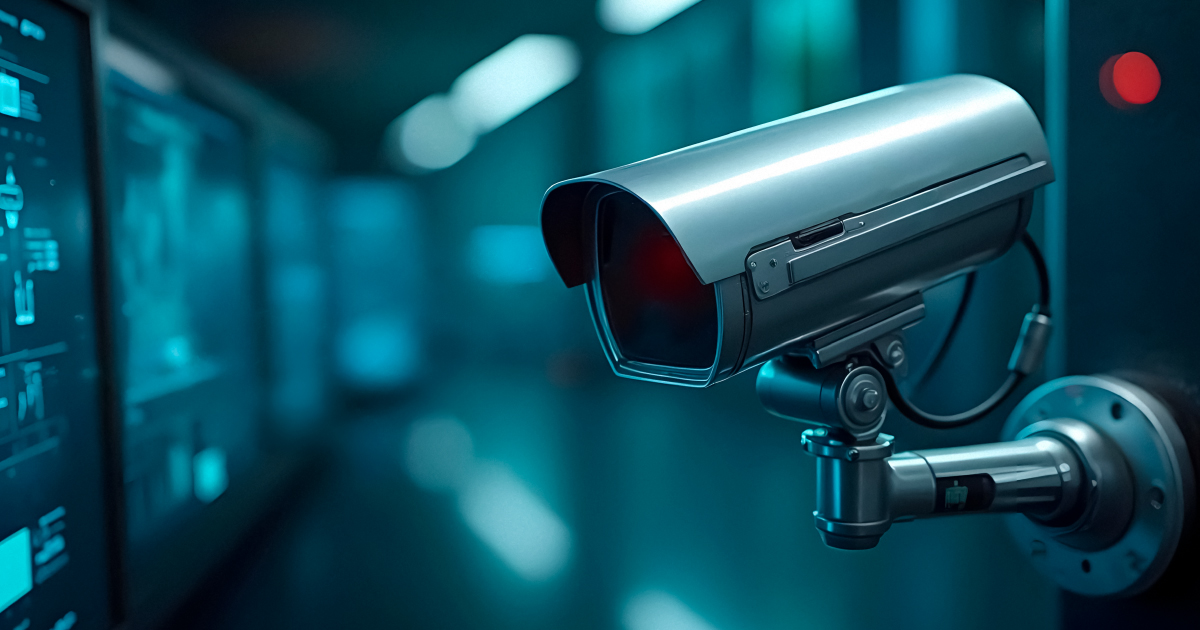


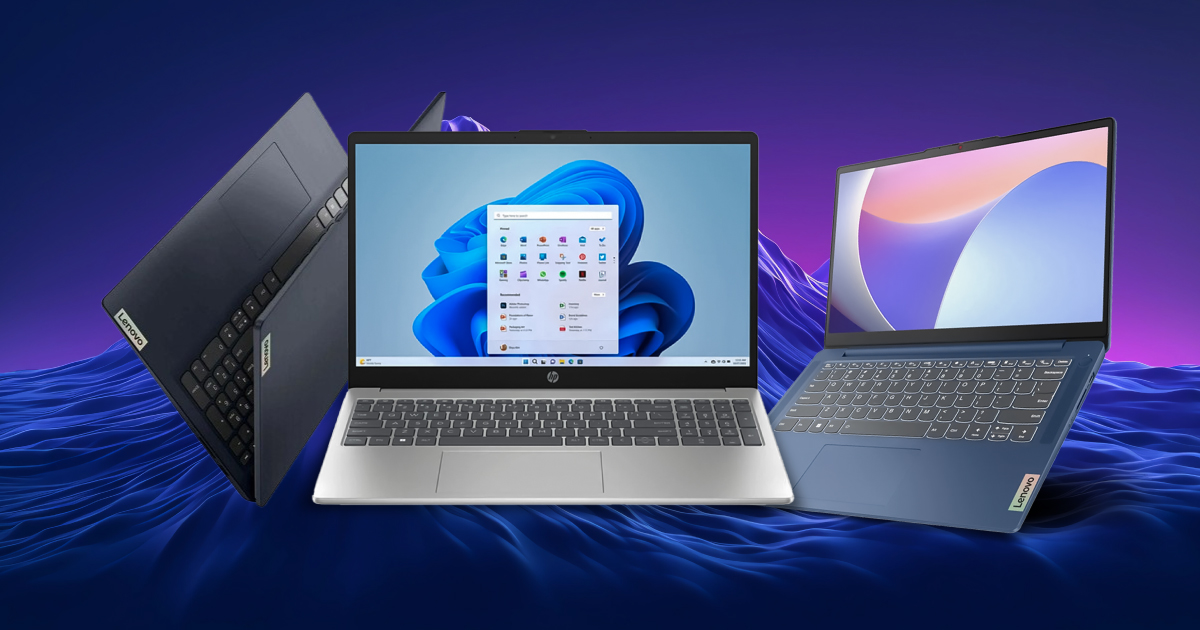
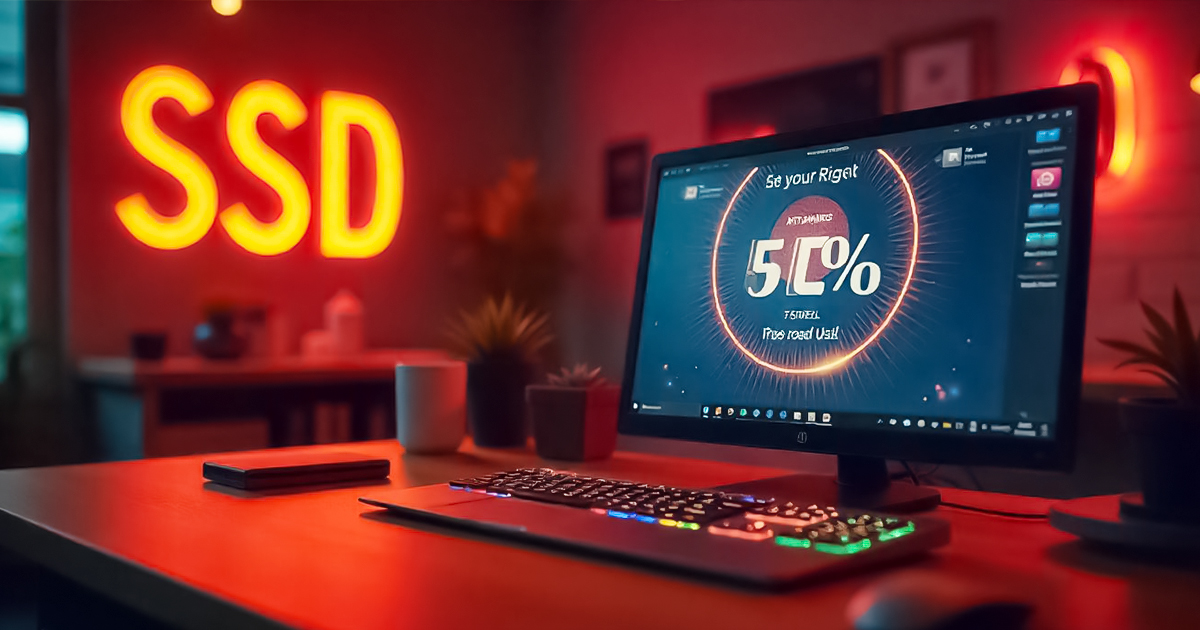
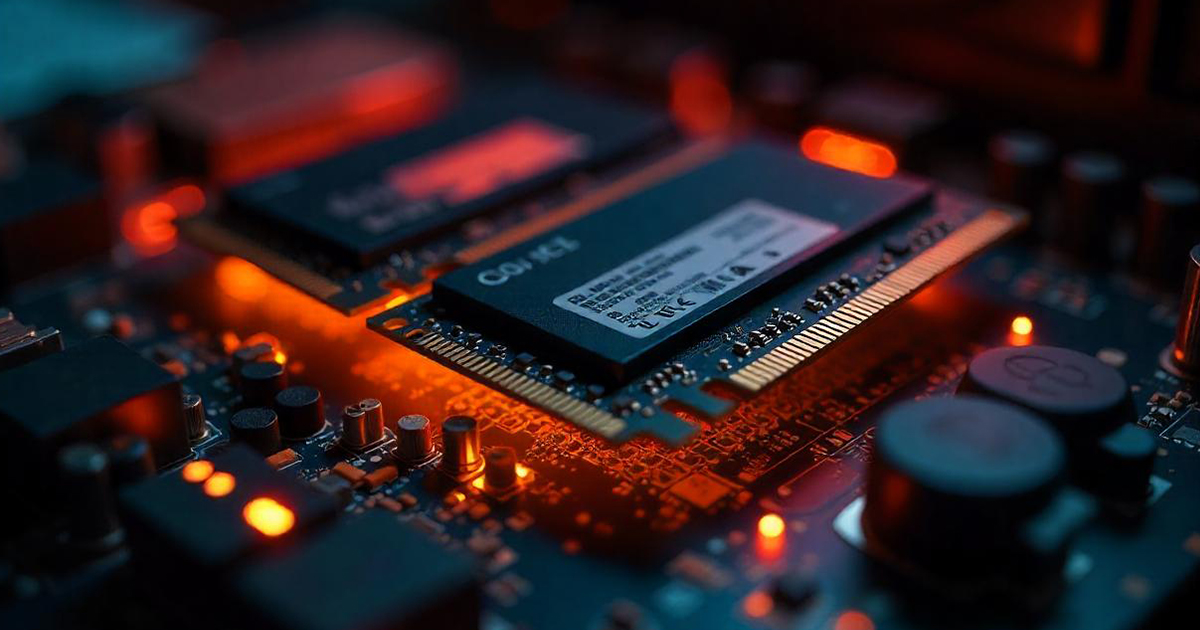

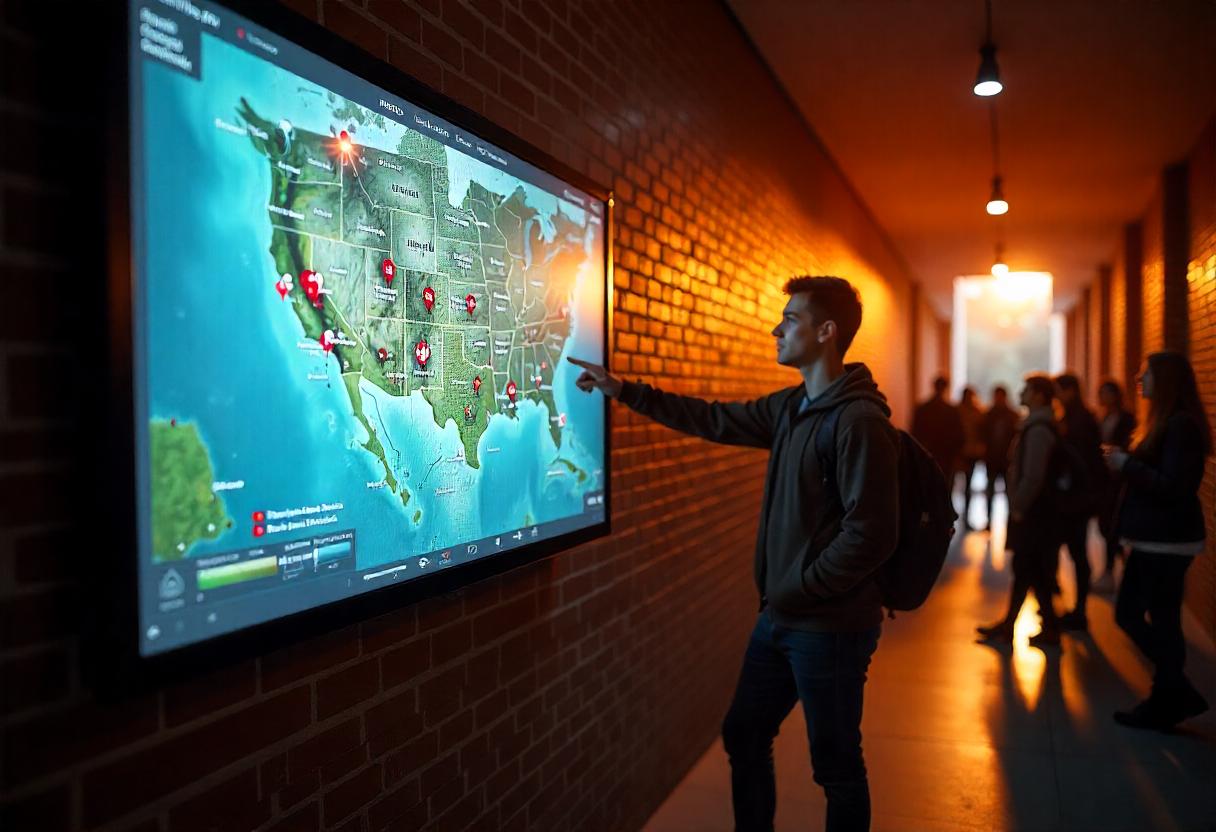

Leave a comment